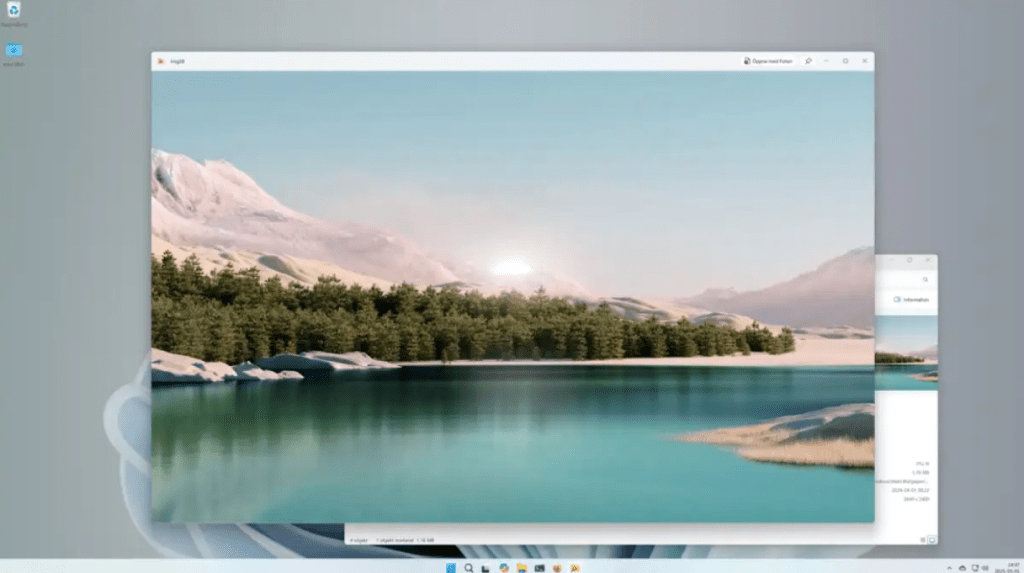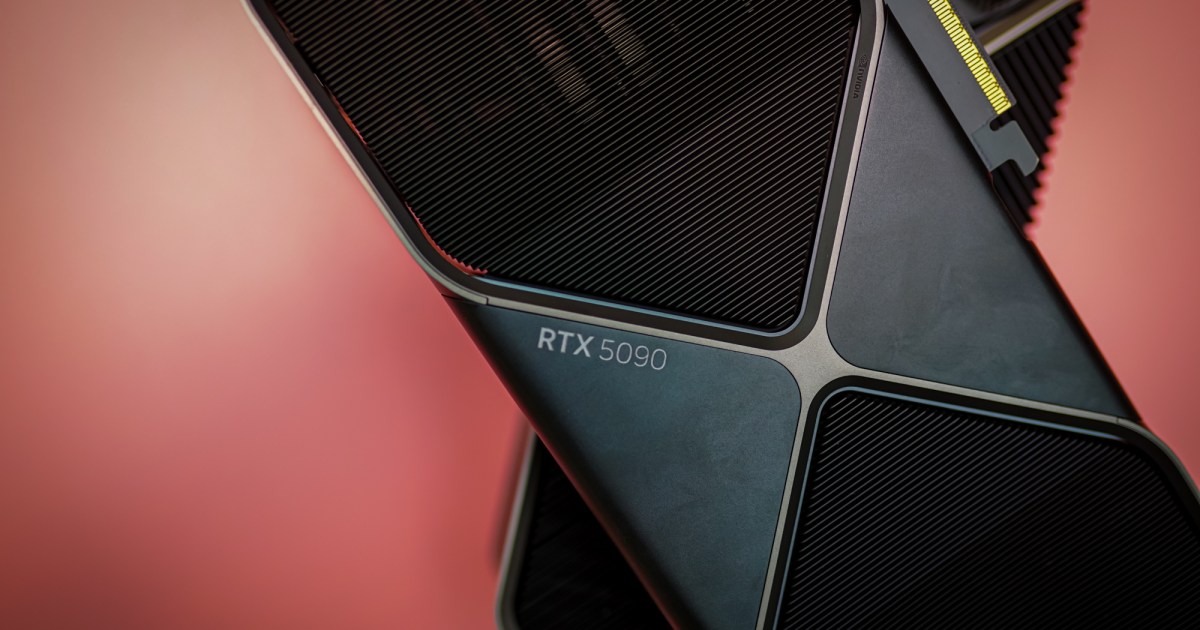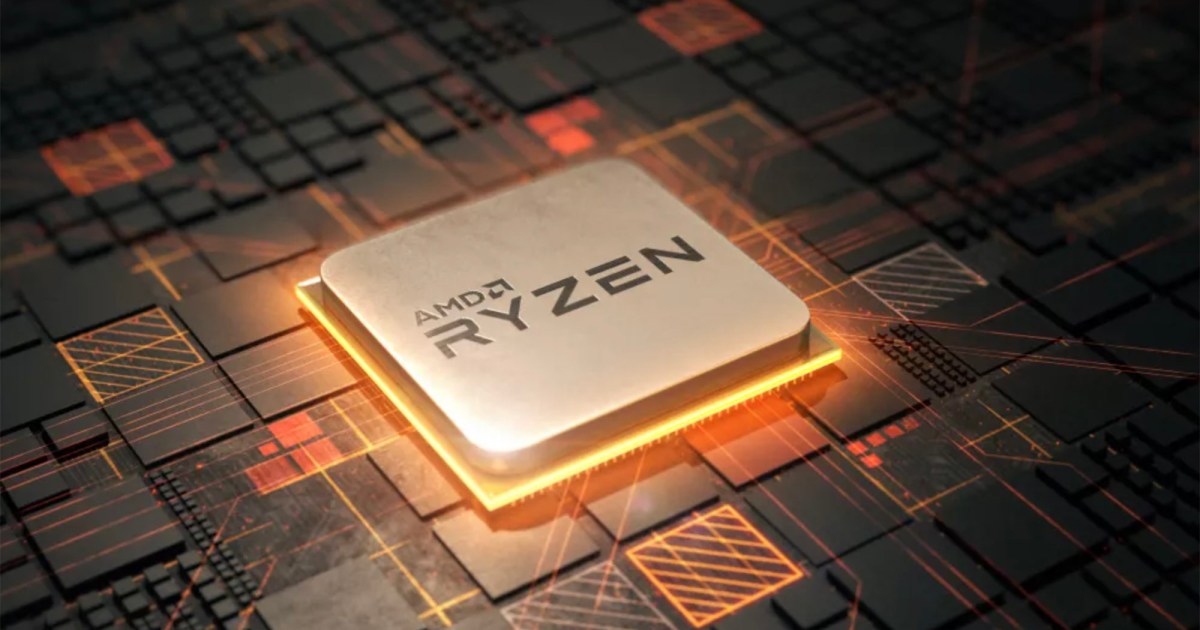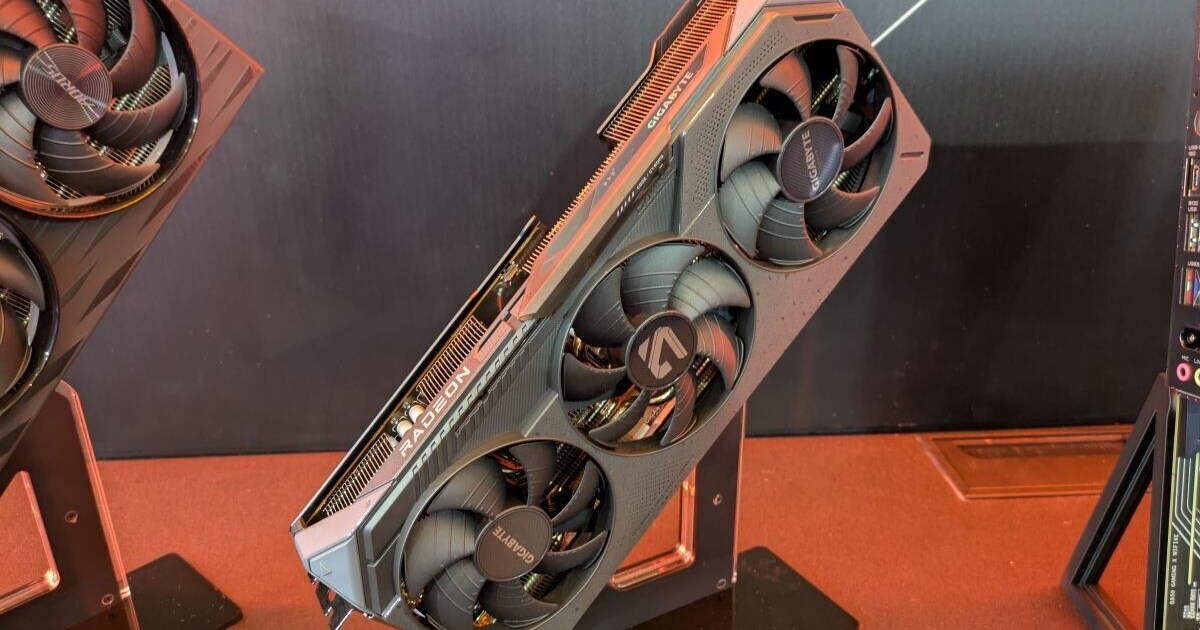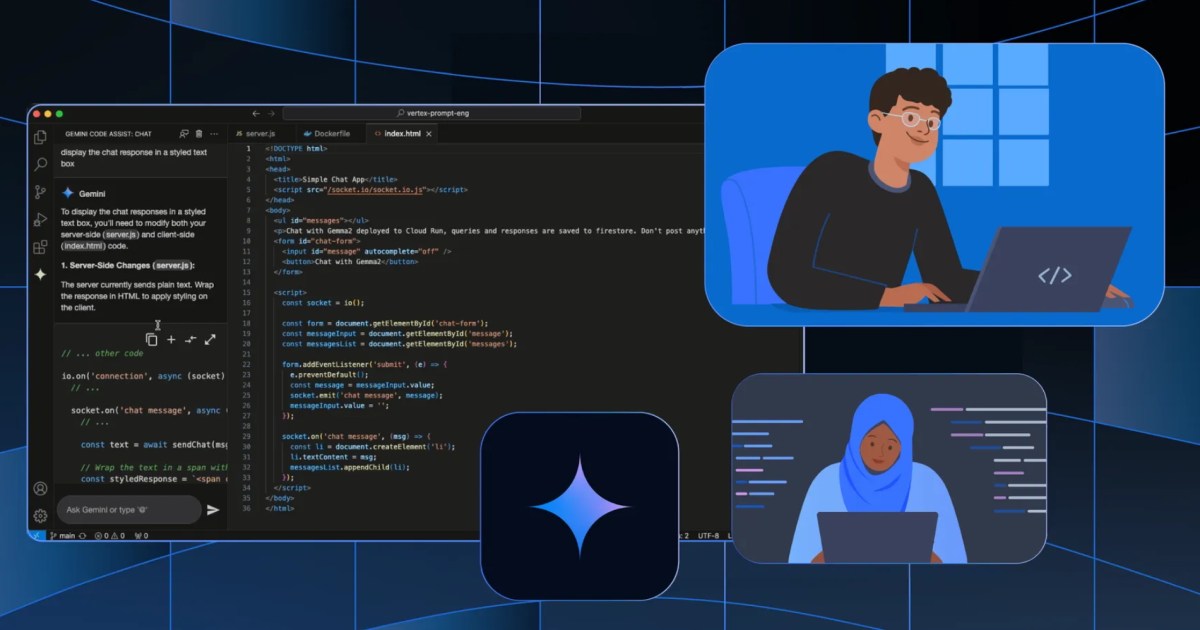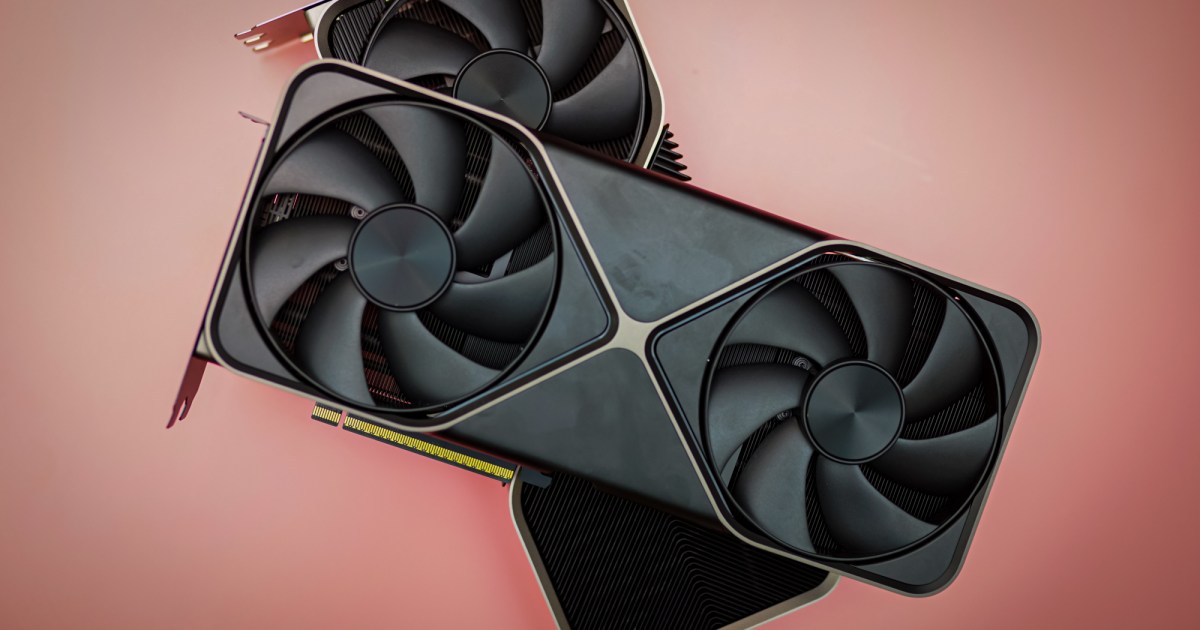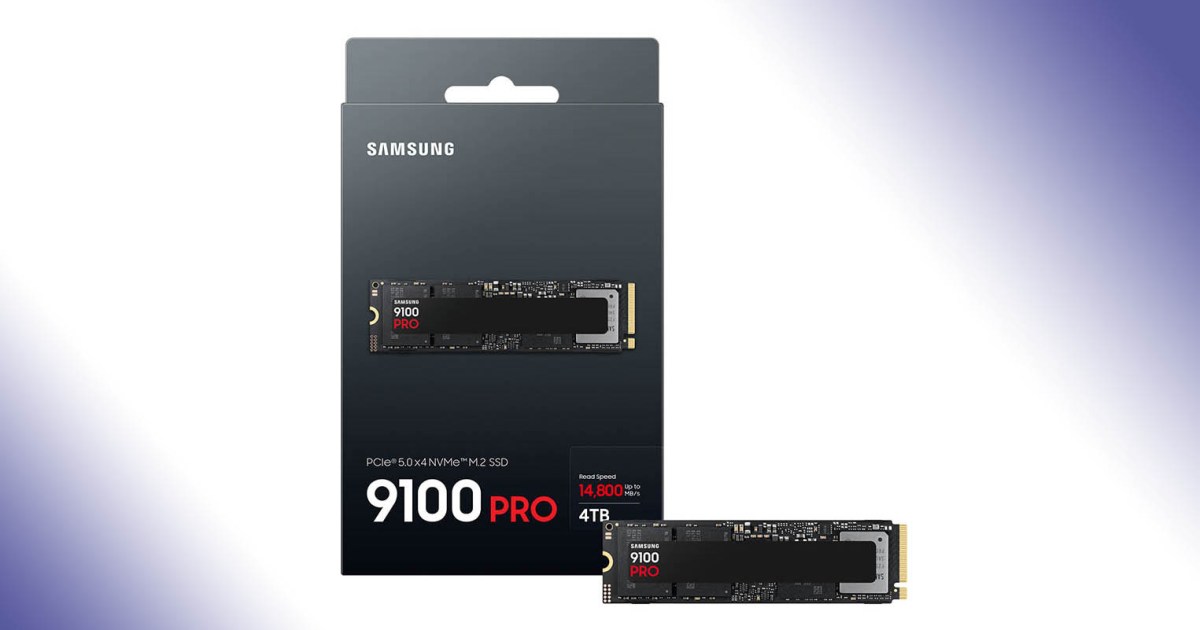The recently launched Nvidia GeForce RTX 5090 has encountered a performance hiccup due to a hardware issue affecting a small percentage of cards. Users across multiple retailers and various brands have reported fewer Raster Operations Pipeline (ROP) units than the expected 176, impacting the GPU’s ability to efficiently render images during 3D post-processing.
This issue initially surfaced on the TechPowerUp forums, where a user noticed their Zotac RTX 5090 registered only 168 ROPs. Troubleshooting attempts like software re-installs and BIOS updates proved unsuccessful. TechPowerUp further investigated, confirming the 168 ROP count on their own Zotac RTX 5090. This 8 ROP deficit translates to a theoretical 4.5% performance drop, but benchmarks revealed losses exceeding 5% in certain scenarios.
The problem extends beyond Zotac, impacting GPUs from ASUS, Gigabyte, MSI, Palit, and even Nvidia’s Founders Edition cards. This widespread occurrence points to a hardware manufacturing flaw rather than a software glitch.
Nvidia has officially acknowledged the issue, assuring consumers that it affects less than 0.5% of RTX 5090, 5090D (China-exclusive), and 5070 Ti GPUs. Their statement emphasizes the minimal impact on AI and compute workloads, with an average graphical performance decrease of around 4%. Affected users are advised to contact their board manufacturer for a replacement, and Nvidia confirms the production anomaly has been corrected.
To determine if your RTX 5090 is affected, you can utilize TechPowerUp’s GPU-Z utility, available for download on their website. This tool provides detailed information about your GPU, including the ROP count. A healthy RTX 5090 should display 176 ROPs; anything less, such as 168, suggests a potential issue.
While returns are an option, YouTuber JayzTwoCents recommends contacting the vendor’s customer service directly. He suggests using a clear subject line like “Missing ROPs, response required” and maintaining a polite demeanor, acknowledging the likely influx of similar inquiries. This approach could expedite the replacement process and prevent the defective card from being resold to another unsuspecting customer.
In conclusion, the missing ROPs issue, while concerning, appears to be limited in scope. Nvidia’s proactive acknowledgement and the availability of a straightforward diagnostic tool empower users to address the problem efficiently. By contacting their vendor directly, affected users can secure a replacement and continue enjoying the RTX 5090’s impressive performance.

